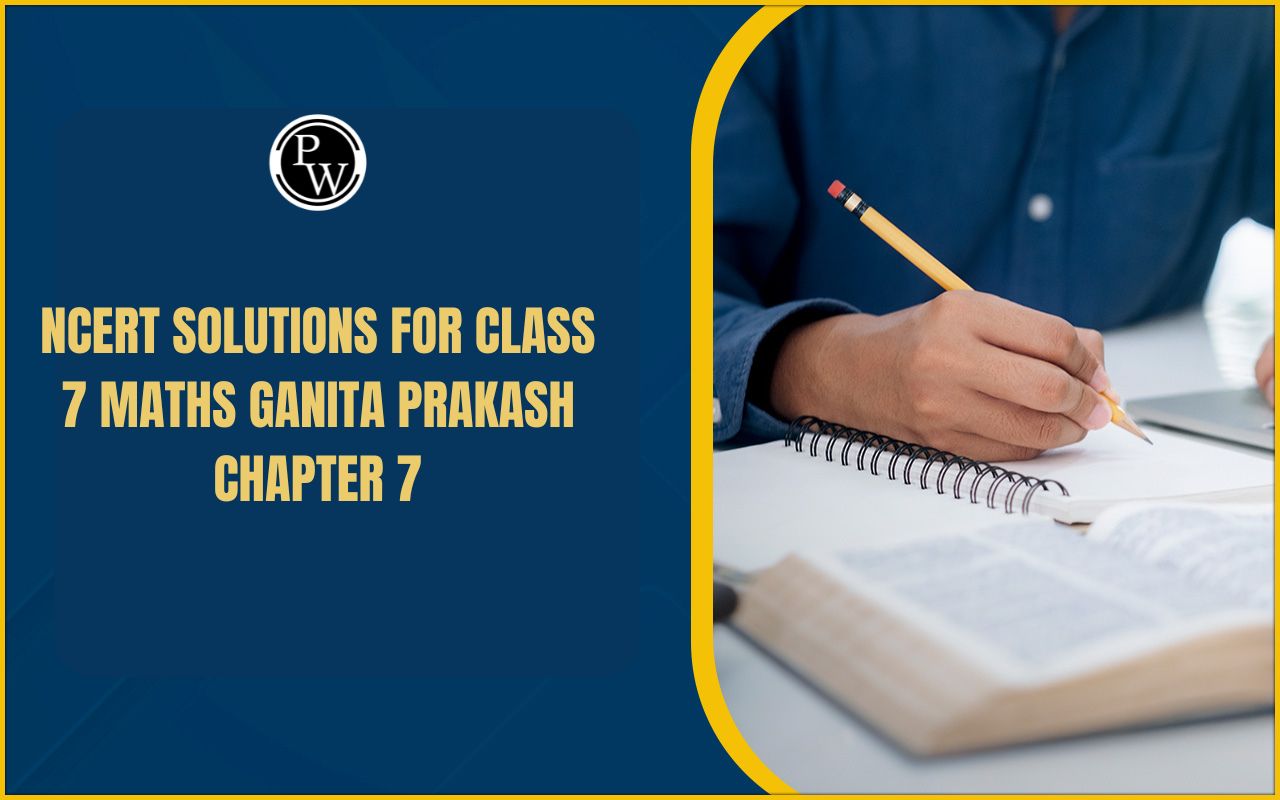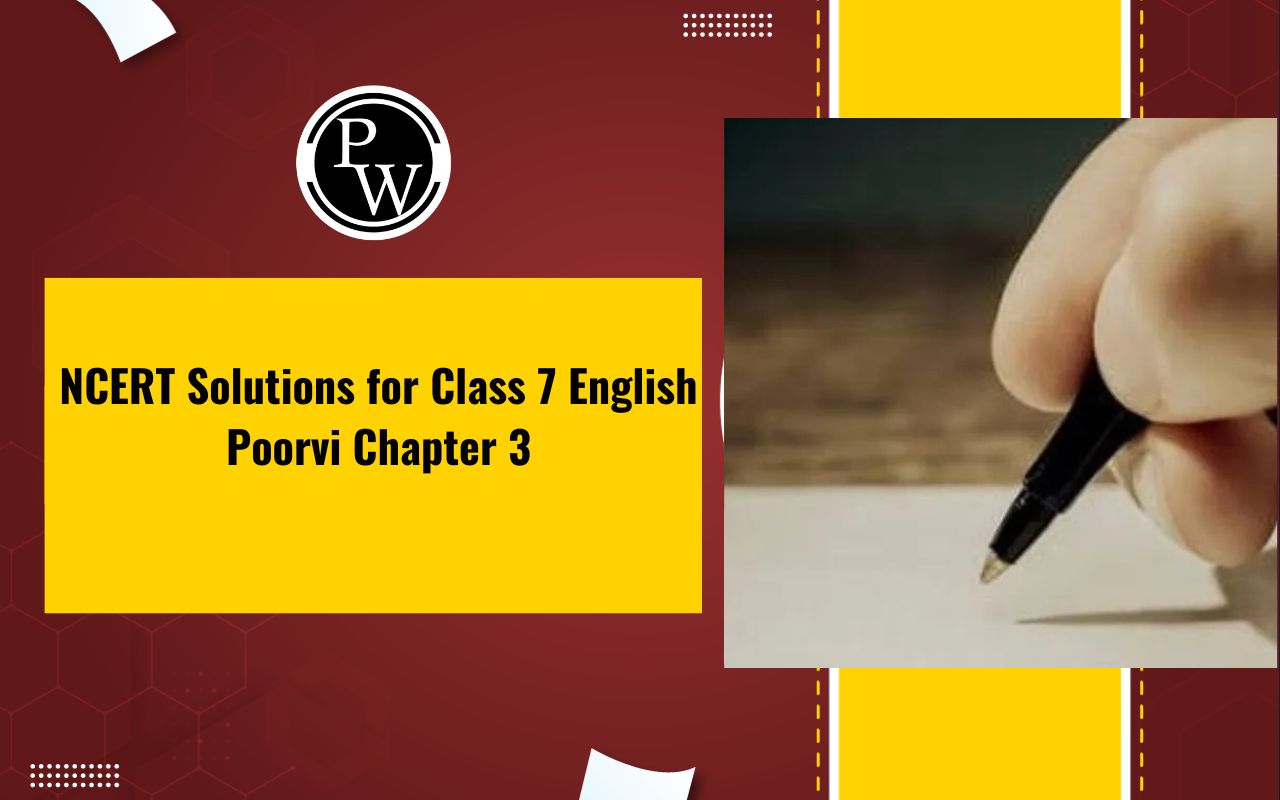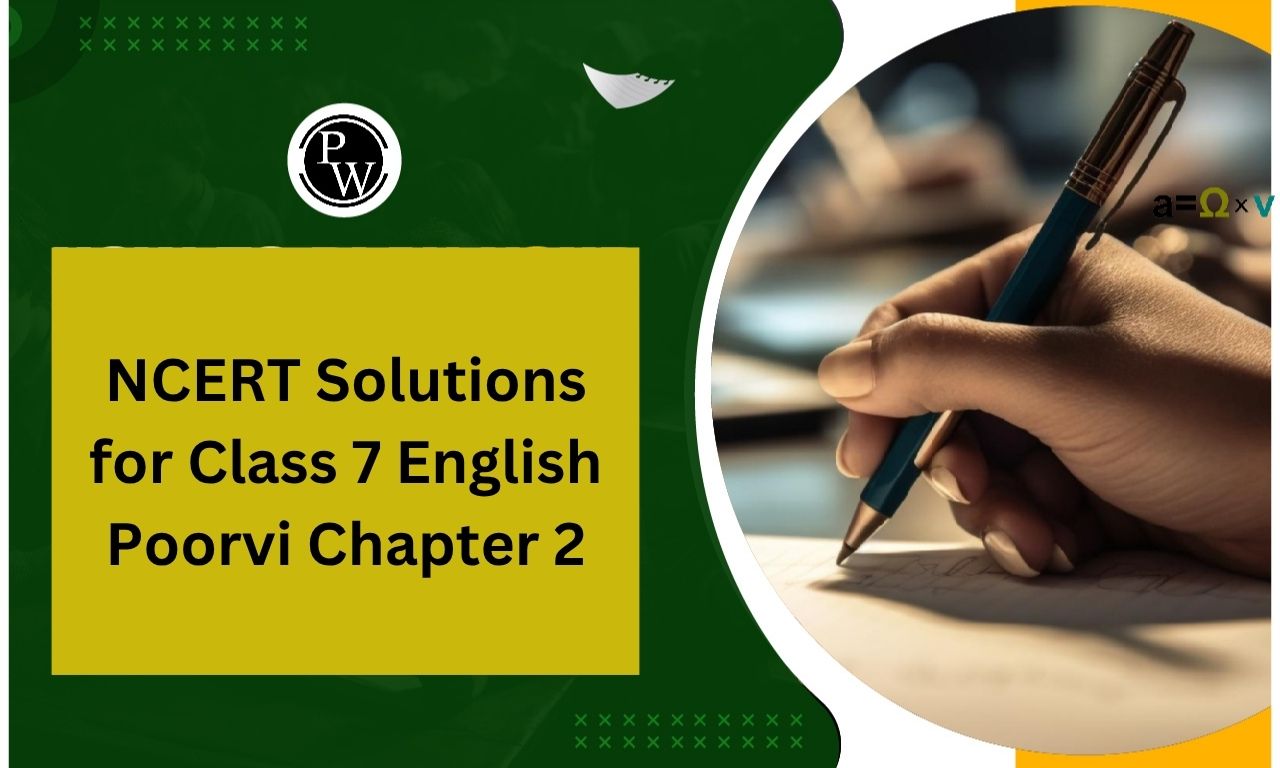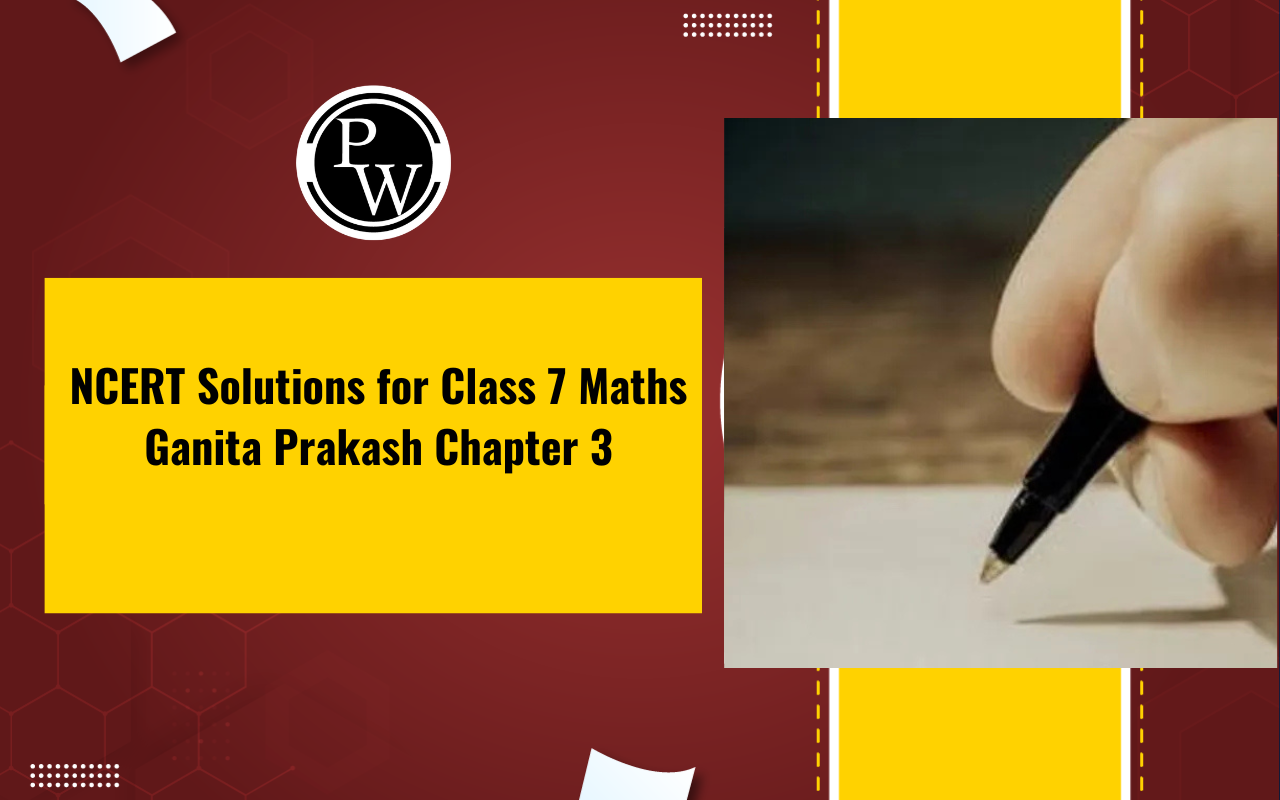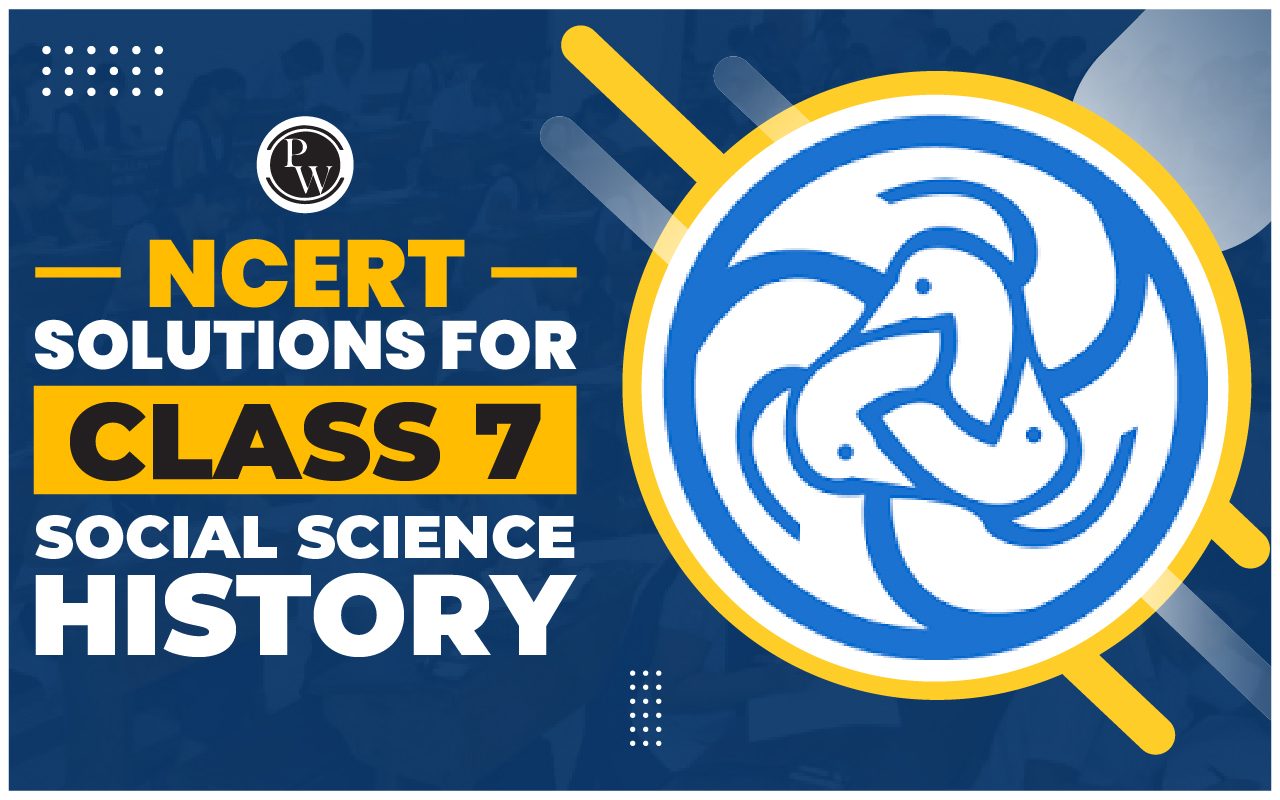
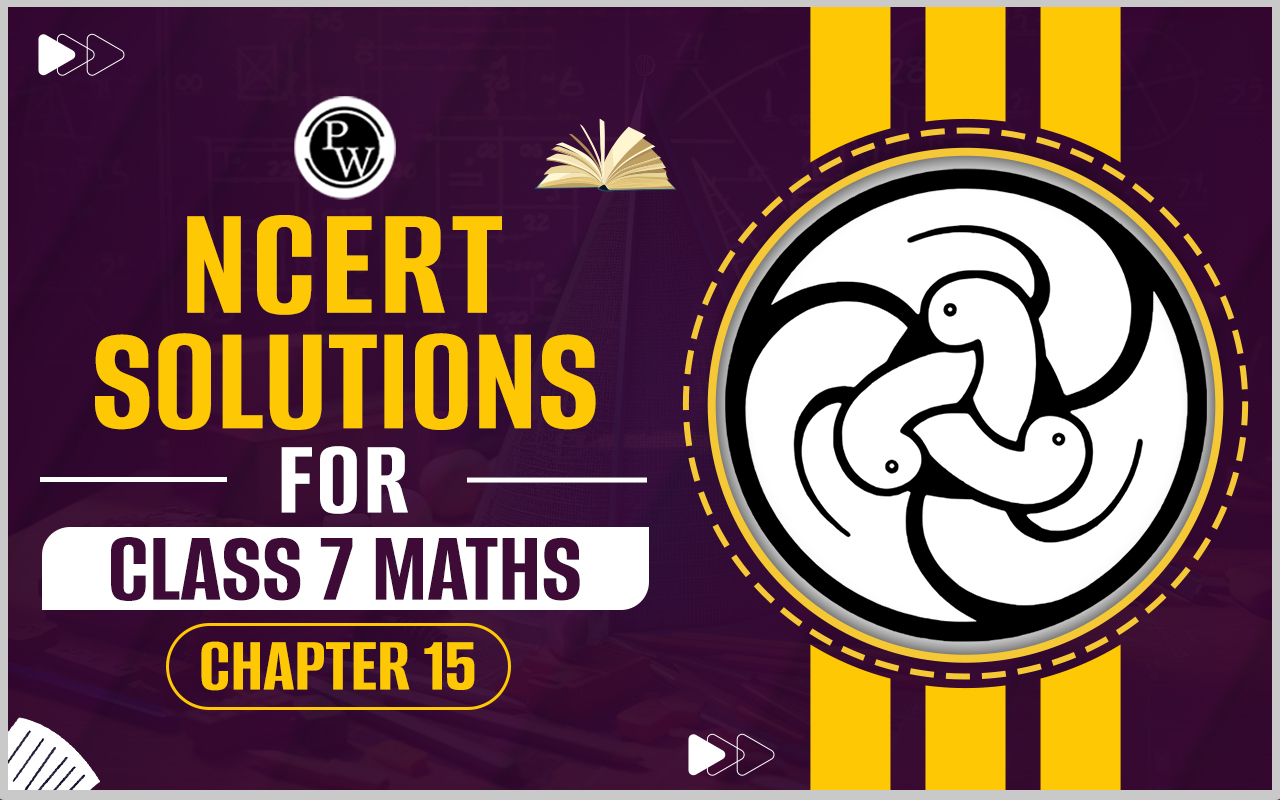
NCERT Solutions for Class 7 Maths Chapter 15
NCERT Solutions for Class 7 Maths Chapter 15: NCERT Solutions for Class 7 Maths Chapter 15 cover the topic of Visualizing Solid Shapes. This chapter helps students understand three-dimensional shapes and how to visualize them from different perspectives. With detailed explanations and step-by-step solutions students can grasp the concepts effectively and enhance their problem-solving skills. By practicing with these solutions students can strengthen their understanding of solid shapes and prepare well for exams.
CBSE Class 10 Science Sample Paper 2023-24
NCERT Solutions for Class 7 Maths Chapter 15 PDF
Below is the PDF link for NCERT Solutions for Class 7 Maths Chapter 15 focusing on Visualizing Solid Shapes. This PDF contains detailed solutions and explanations for exercises related to three-dimensional shapes. By accessing this resource students can improve their understanding of solid shapes and enhance their problem-solving skills. Utilizing the PDF will help students in preparing effectively for exams and building a strong foundation in geometry.NCERT Solutions for Class 7 Maths Chapter 15 PDF
NCERT Solutions for Class 7 Maths Chapter 15 Visualising Solid Shapes
Exercise 15.1 Page: 281
1. Identify the nets which can be used to make cubes (cut out copies of the nets and try it):
(i)

Solution:-
The given net cannot be folded as a cube. Because, it can be folded as below,
(ii)

Solution:-
The given net can be folded as a cube. Because, it can be folded as below,
(iii)

Solution:-
The given net can be folded as a cube. Because, it can be folded as below,
(iv)

Solution:-
The given net can be folded as a cube. Because, it can be folded as below,
(v)

Solution:-
The given net cannot be folded as a cube. Because, it can be folded as below,
(vi)

Solution:-
The given net can be folded as a cube. Because, it can be folded as below,
2. Dice are cubes with dots on each face. Opposite faces of a die always have a total of seven dots on them.

Here are two nets to make dice (cubes); the numbers inserted in each square indicate the number of dots in that box.

Insert suitable numbers in the blanks, remembering that the number on the opposite faces should total to 7.
Solution:-
(i)
 By observing the above figure the sum of the opposite faces is equal to 7.
So, the given net can be folded into a net of dice.
By observing the above figure the sum of the opposite faces is equal to 7.
So, the given net can be folded into a net of dice.
(ii)
 By observing the above figure the sum of the opposite faces is equal to 7.
So, the given net can be folded into a net of dice.
By observing the above figure the sum of the opposite faces is equal to 7.
So, the given net can be folded into a net of dice.
3. Can this be a net for a die?
Explain your answer.

Solution:-
The given net is folded as dice is shown in figure below, No, this cannot be a net for a die.
By observing the figure we can say that, one pair of opposite face will have 1 and 4, another pair of opposite face will have 3 and 6 the sum of these two opposite faces are not equal to 7.
No, this cannot be a net for a die.
By observing the figure we can say that, one pair of opposite face will have 1 and 4, another pair of opposite face will have 3 and 6 the sum of these two opposite faces are not equal to 7.
4. Here is an incomplete net for making a cube. Complete it in at least two different ways. Remember that a cube has six faces. How many are there in the net here?
(Give two separate diagrams. If you like, you may use a squared sheet for easy manipulation.)

Solution:-
In the given net there are 3 faces and it can be completed as shown below,
5. Match the nets with appropriate solids:

Solution:-
(a) (ii)

 Because, the net (ii) can be folded as a square.
Because, the net (ii) can be folded as a square.
(b) (iii)

 Because, the net (iii) can be folded as a cylinder.
Because, the net (iii) can be folded as a cylinder.
| CBSE Syllabus Class 7 | |
| CBSE Class 7 English Syllabus | CBSE Class 7 Math Syllabus |
| CBSE Class 7 Social Science Syllabus | CBSE Class 7 Science Syllabus |
(c) (iv)

 Because, the net (iv) can be folded as a cone.
Because, the net (iv) can be folded as a cone.
(d) (i)

 Because, the net (i) can be folded as a pyramid.
Exercise 15.2 Page: 285
Because, the net (i) can be folded as a pyramid.
Exercise 15.2 Page: 285
1. Use isometric dot paper and make an isometric sketch for each one of the given shapes:
(i)
 Solution:-
Solution:-

(ii)

Solution:-

(iii)

Solution:-

(iv)

Solution:-

2. The dimensions of a cuboid are 5 cm, 3 cm and 2 cm. Draw three different isometric sketches of this cuboid.
Solution:-
From the question it is given that dimension of a cuboid are 5 cm, 3 cm, and 2 cm. The three different isometric sketches of this cuboid is shown below, 1 2
2

3

CBSE Board Exam Centre List 2024
3. Three cubes each with 2 cm edge are placed side by side to form a cuboid. Sketch an oblique or isometric sketch of this cuboid.
Solution:-
Oblique sketch Isometric sketch
Isometric sketch

4. Make an oblique sketch for each one of the given isometric shapes:
(i)

Solution:-

(ii)

Solution:-

5. Give (i) an oblique sketch and (ii) an isometric sketch for each of the following:
(a) A cuboid of dimensions 5 cm, 3 cm and 2 cm. (Is your sketch unique?)
(b) A cube with an edge 4 cm long.
Solution:-
(a)(i) Oblique sketch

(ii) Isometric sketch
 (b)
(b)
(i) Oblique sketch

(ii) Isometric sketch
 Exercise 15.3 Page: 288
Exercise 15.3 Page: 288
1. What cross-sections do you get when you give a
(i) vertical cut (ii) horizontal cut
to the following solids?
(a) A brick
Solution:-
The cross-section of a brick when it is cut into vertically is as shown in the figure below, The cross-section of a brick when it is cut into horizontally is as shown in the figure below,
The cross-section of a brick when it is cut into horizontally is as shown in the figure below,

(b) A round apple
Solution:-
The cross-section of a round apple when it is cut into vertically is as shown in the figure below, The cross-section of a round apple when it is cut into horizontally is as shown in the figure below,
The cross-section of a round apple when it is cut into horizontally is as shown in the figure below,

(c) A die
Solution:-
The cross-section of a die when it is cut into vertically is as shown in the figure below, The cross-section of a die when it is cut into horizontally is as shown in the figure below,
The cross-section of a die when it is cut into horizontally is as shown in the figure below,

(d) A circular pipe
Solution:-
The cross-section of a circular pipe when it is cut into vertically is as shown in the figure below, The cross-section of a circular pipe when it is cut into horizontally is as shown in the figure below,
The cross-section of a circular pipe when it is cut into horizontally is as shown in the figure below,

(e) An ice cream cone
Solution:-
The cross-section of an ice cream when it is cut into vertically is as shown in the figure below, The cross-section of an ice cream when it is cut into horizontally is as shown in the figure below,
The cross-section of an ice cream when it is cut into horizontally is as shown in the figure below,

Exercise 15.4 Page: 289
1. A bulb is kept burning just right above the following solids. Name the shape of the shadows obtained in each case. Attempt to give a rough sketch of the shadow. (You may try to experiment first and then answer these questions).
(i)

Solution:-
 The shape of the shadow obtained from a ball is a circle.
The shape of the shadow obtained from a ball is a circle.
Related Links -
(ii)

Solution:-
 The shape of the shadow obtained from a cylindrical pipe is a rectangle.
The shape of the shadow obtained from a cylindrical pipe is a rectangle.
(iii)

Solution:-
 The shape of the shadow obtained from a book is a rectangle.
The shape of the shadow obtained from a book is a rectangle.
2. Here are the shadows of some 3-D objects, when seen under the lamp of an overhead projector. Identify the solid(s) that match each shadow. (There may be multiple answers for these!)
(i)

Solution:-
Cricket ball, water bottle cap, Disc(ii)

Solution:-
Die, chalk box etc.(iii)

Solution:-
Birthday cap etc.(iv)

Solution:-
Book, keyboard, mobile, etc.3. Examine if the following are true statements:
(i) The cube can cast a shadow in the shape of a rectangle.
Solution:-
The above statement is true.(ii) The cube can cast a shadow in the shape of a hexagon.
Solution:-
The above statement is false.NCERT Solutions for Class 7 Maths Chapter 15 FAQs
What is the significance of visualising solid shapes?
What are some common three-dimensional shapes covered in this chapter?
How can I determine the number of faces, edges, and vertices of a solid shape?
What is the difference between a cube and a cuboid?




